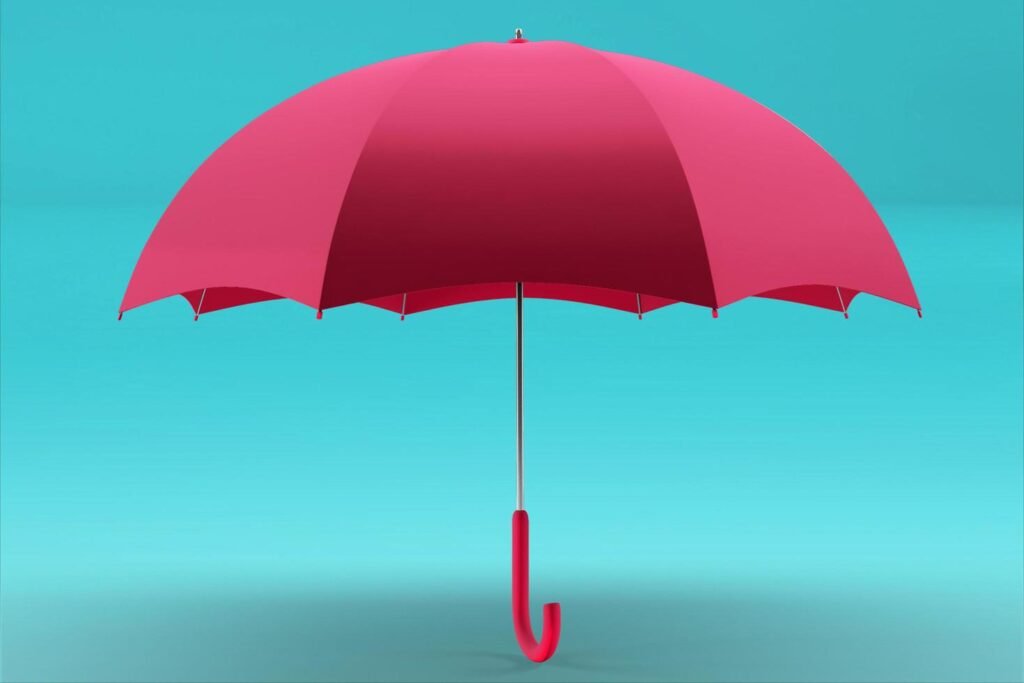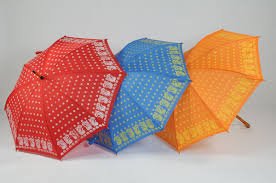Umbrellas – those trusty companions that shield us from raindrops and sunbeams alike. Whether we’re navigating through a downpour or seeking shade on a sunny day, umbrellas are indispensable tools that provide protection and comfort. In this comprehensive guide, we’ll delve into everything you need to know about umbrellas, from their various types and features to tips on choosing the perfect one for your needs.
The History of Umbrellas
Umbrellas have a rich history that dates back thousands of years. Originally used for shade from the sun, umbrellas evolved over time to include waterproof materials for protection against rain. From ancient civilizations to modern times, umbrellas have played a significant role in human culture and daily life, symbolizing protections, elegances, and style.

Types of Umbrellas
Umbrellas come in a variety of types to suit different needs and preferences
- Standard Umbrellas: These are the most common type of umbrellas, featuring a canopy supported by a central shaft and ribs. They’re available in various sizes, colors, and designs, making them suitable for everyday use.
- Compact Umbrellas: Compact umbrellas are designed to fold down into a smaller size for easy storage and portability. They’re ideal for travel or carrying in a purse or backpack.
- Golf Umbrellas: Golf umbrellas are larger and sturdier than standard umbrellas, with a wider canopy and a longer shaft. They’re designed to provide ample coverage for golfers on the course but are also suitable for everyday use in rainy or windy conditions.
- Bubble Umbrellas: Bubble umbrellas feature a dome-shaped canopy that provides extra coverage and protection from wind and rain. They’re stylish and practical, making them a popular choice for urban commuters and fashion-conscious individuals.

Features to Consider
When choosing an umbrella, consider the following features
- Canopy Material: Umbrella canopies are typically made from polyester, nylon, or Pongee fabric. Look for a canopy that is water-resistant, quick-drying, and durable.
- Frame Construction: Umbrella frames can be made from steel, fiberglass, or aluminum. Fiberglass frames are lightweight and flexible, making them resistant to wind and breakage.
- Opening Mechanism: Umbrellas can be opened manually with a push-button or automatically with a spring-loaded mechanism. Choose a mechanism that is easy to use and reliable.
- Handle Design: Umbrella handles come in various designs, including straight, curved, and ergonomic grips. Choose a handle that is comfortable to hold and provides a secure grip, especially in wet or windy conditions.
- Wind Resistance: Look for umbrellas with features like reinforced ribs, vented canopies, and windproof construction to withstand gusty conditions without flipping inside out.

Benefits of Using an Umbrella
Using an umbrella offers a range of benefits
- Protection from the Elements: Umbrellas provide shelter from rain, snow, and sun, keeping you dry and comfortable in inclement weathers.
- Sun Protection: Umbrellas with UV-coated canopies offer protection from harmful UV rays, reducing the risk of sunburn and skin damage.
- Versatility: Umbrellas are versatile accessories that can be used in various situations, from daily commutes to outdoor events and activities.
- Fashion Statement: Umbrellas come in a wide range of styles, colors, and designs, allowing you to express your personality and enhance your outfit.

Tips for Using and Maintaining Your Umbrella
To get the most out of your umbrella, follow these tips
- Open and Close Carefully: Always open and close your umbrella gently to avoid damaging the canopy or frame.
- Dry Thoroughly: After using your umbrella in the rain, leave it open to dry completely before folding it up to prevent mold and mildew growth.
- Store Properly: Store your umbrella in a dry, ventilated area away from direct sunlight to prolong its lifespan.
- Inspect Regularly: Check your umbrella regularly for signs of wear or damage, such as bent ribs or tears in the canopy. Replace any damaged parts or invest in a new umbrella if necessary.

Creative Uses for Umbrellas
In addition to their traditional use for protection from the elements, umbrellas can be repurposed in creative ways
- Photography Prop: Use a colorful umbrella as a prop for outdoor photo shoots to add visual interest and personality to your images.
- Decorative Accent: Hang a collection of umbrellas upside down from the ceiling to create a whimsical and eye-catching display for parties or events.
- Garden Decoration: Turn an old umbrella into a makeshift trellis for climbing plants like peas or beans in your garden.
- DIY Projects: Use umbrella fabric to make tote bags, cushion covers, or other craft projects for a fun and eco-friendly way to repurpose old umbrellas.

Conclusion
Umbrellas are more than just functional accessories; they’re symbols of protection, style, and versatility. Whether you’re seeking shelter from the rain or shade from the sun, there’s an umbrella out there to suit your needs and reflect your personality. So why wait? Embrace rain or shine with the perfect umbrella by your side, and make every day a little brighter and more comfortable.